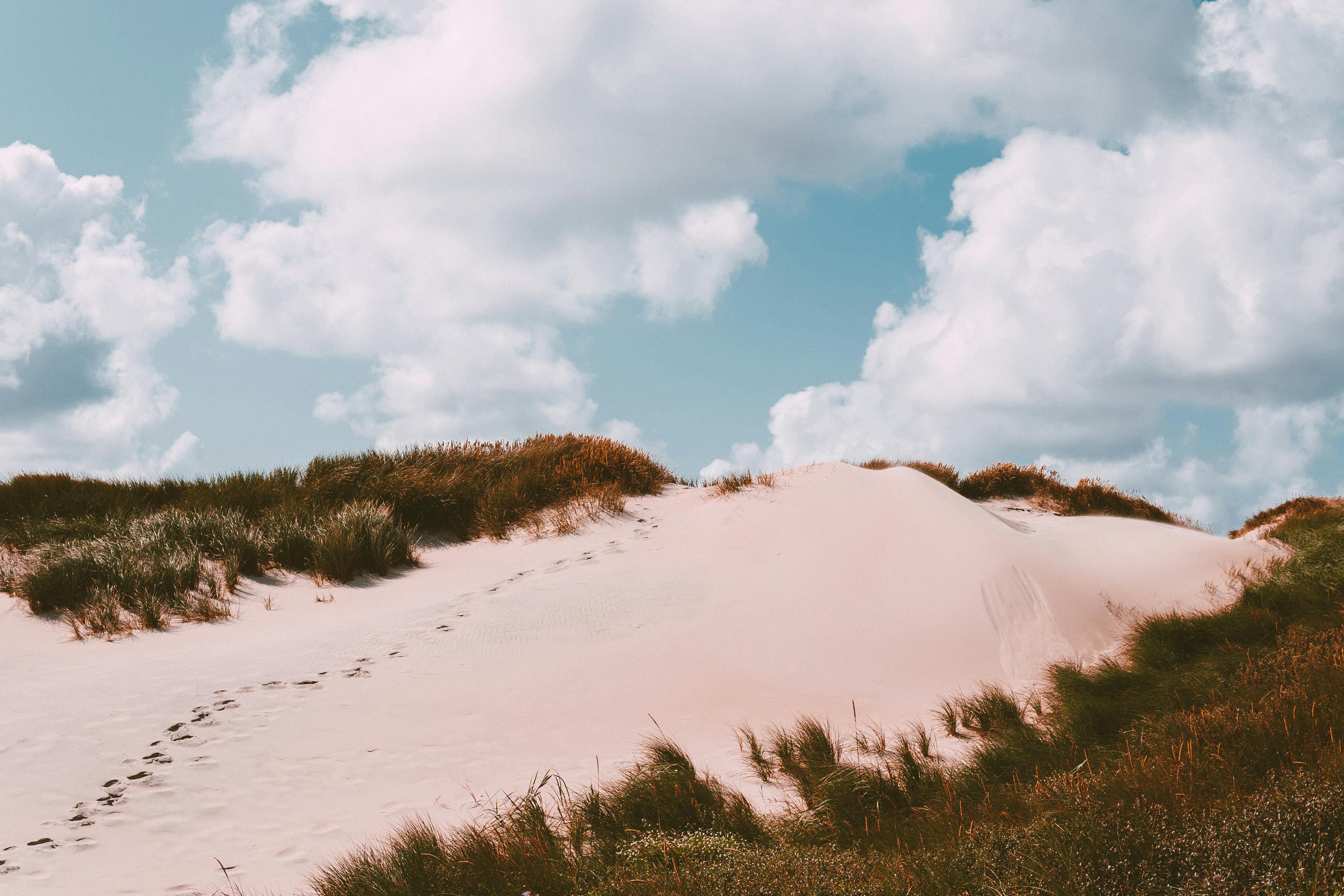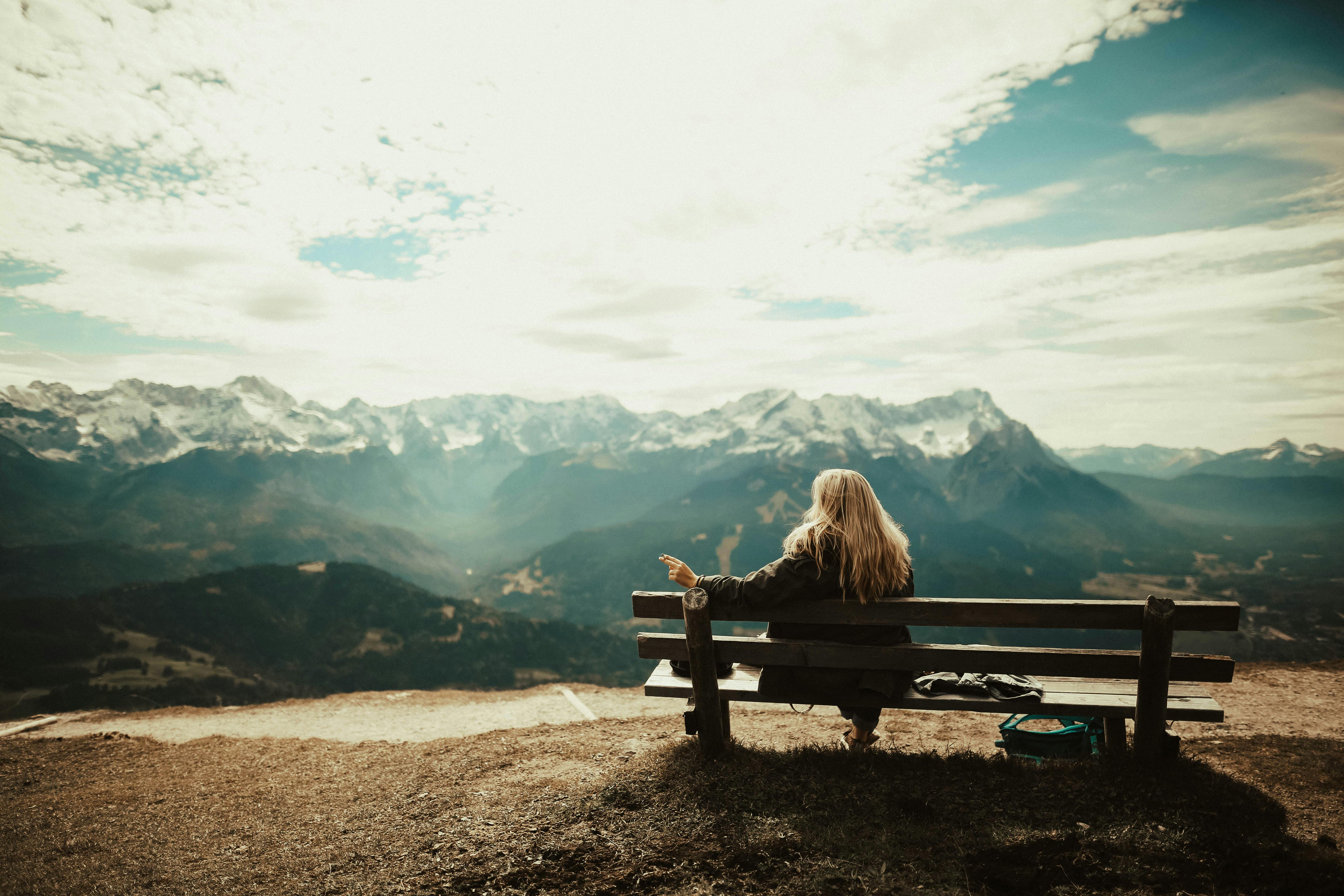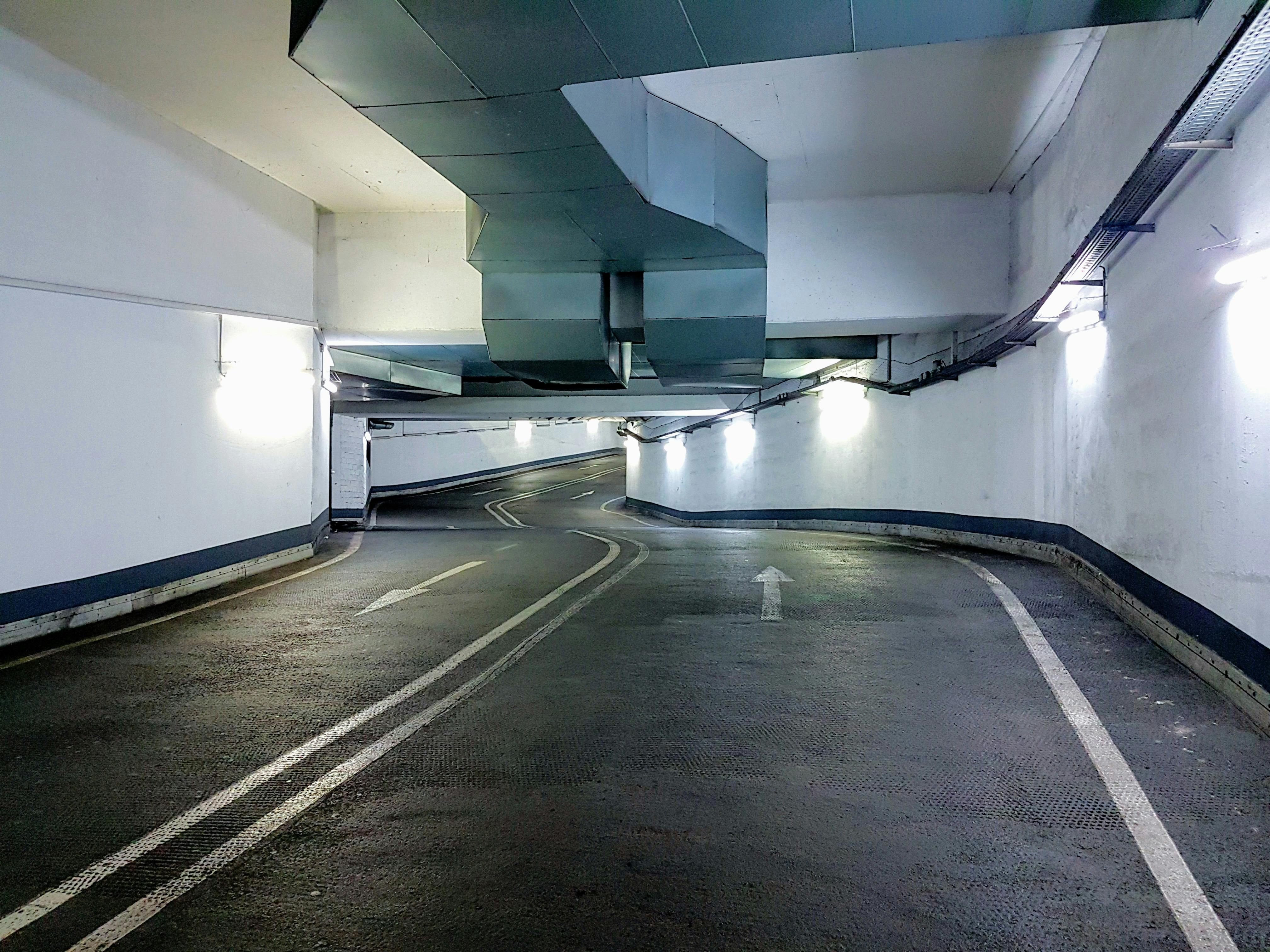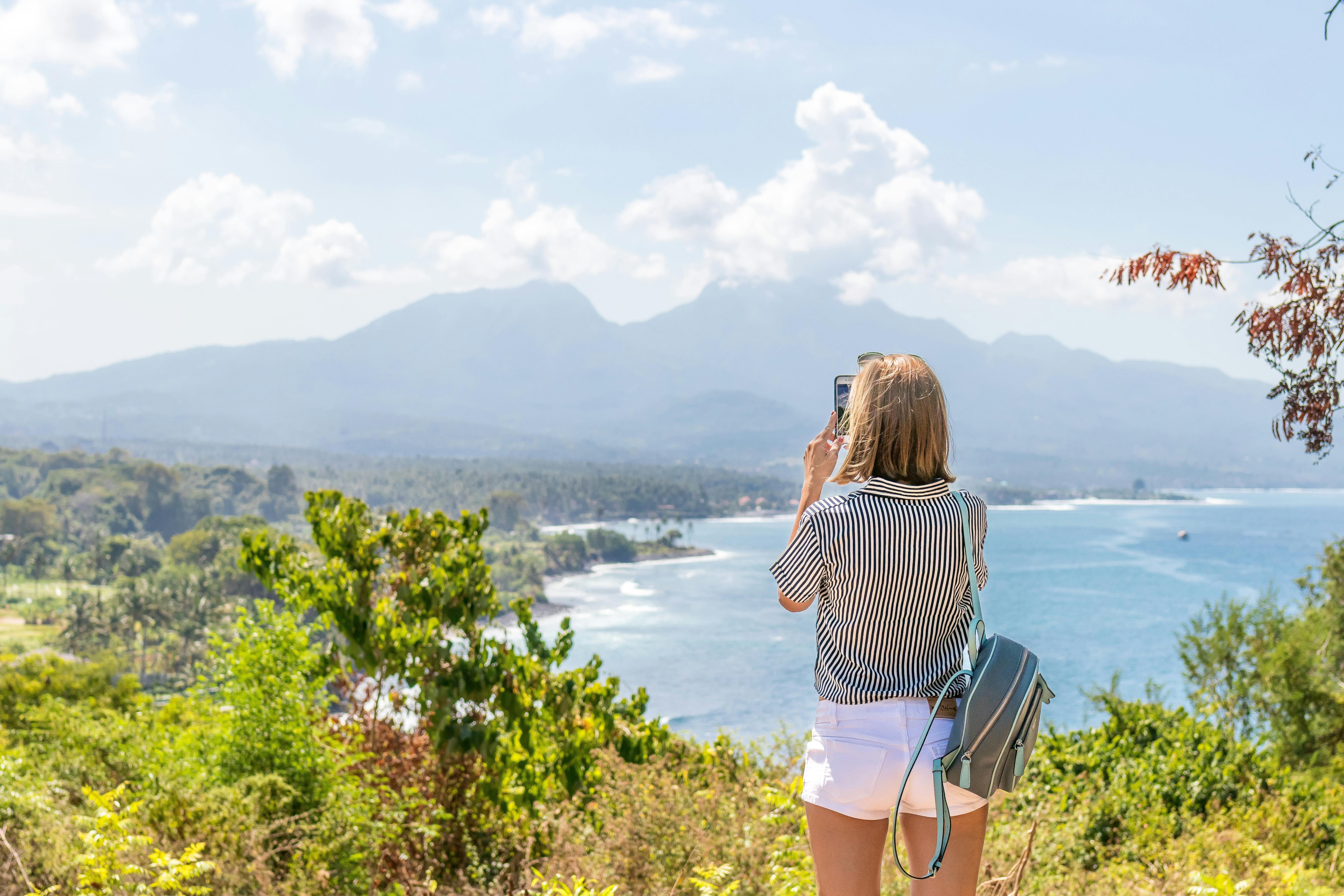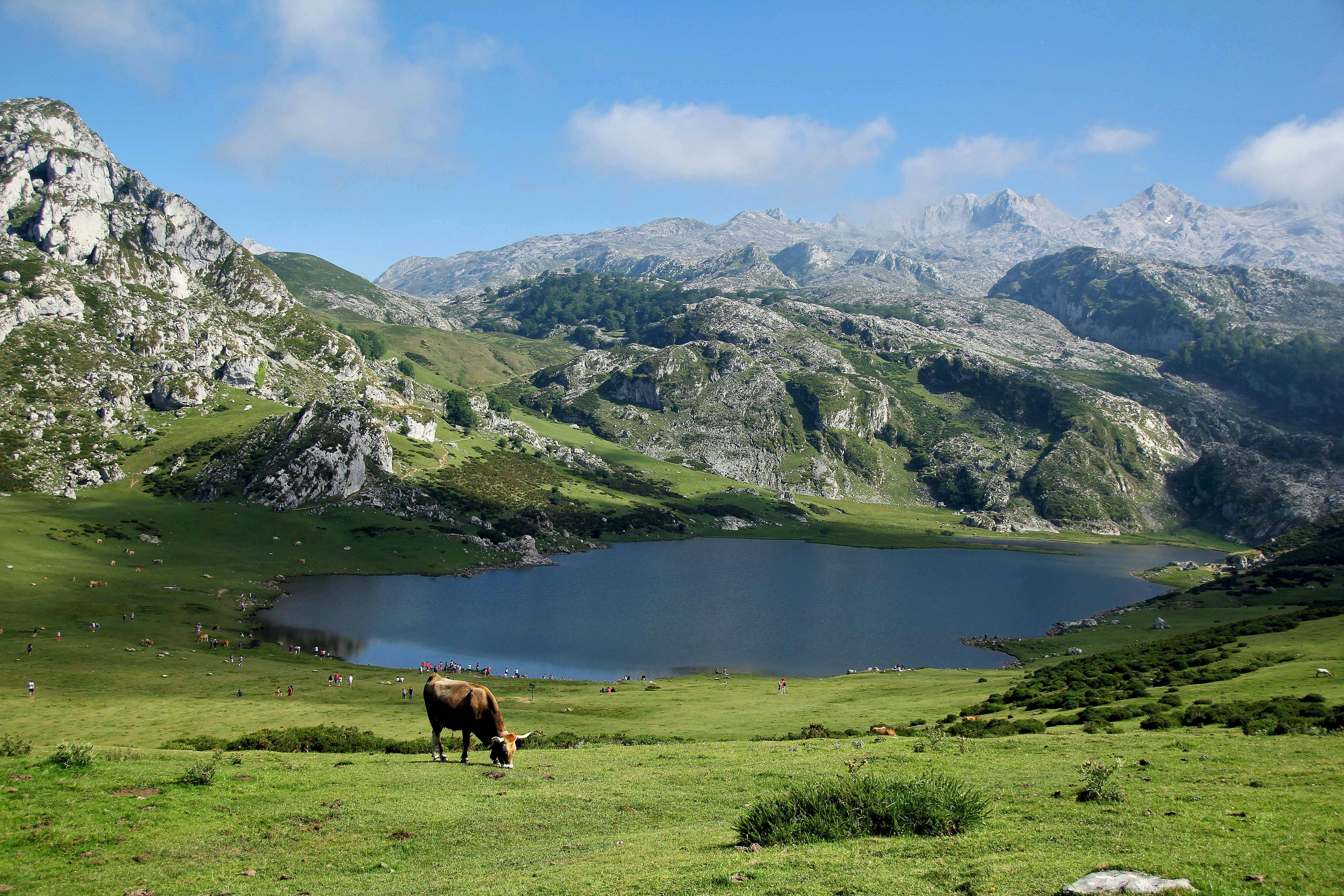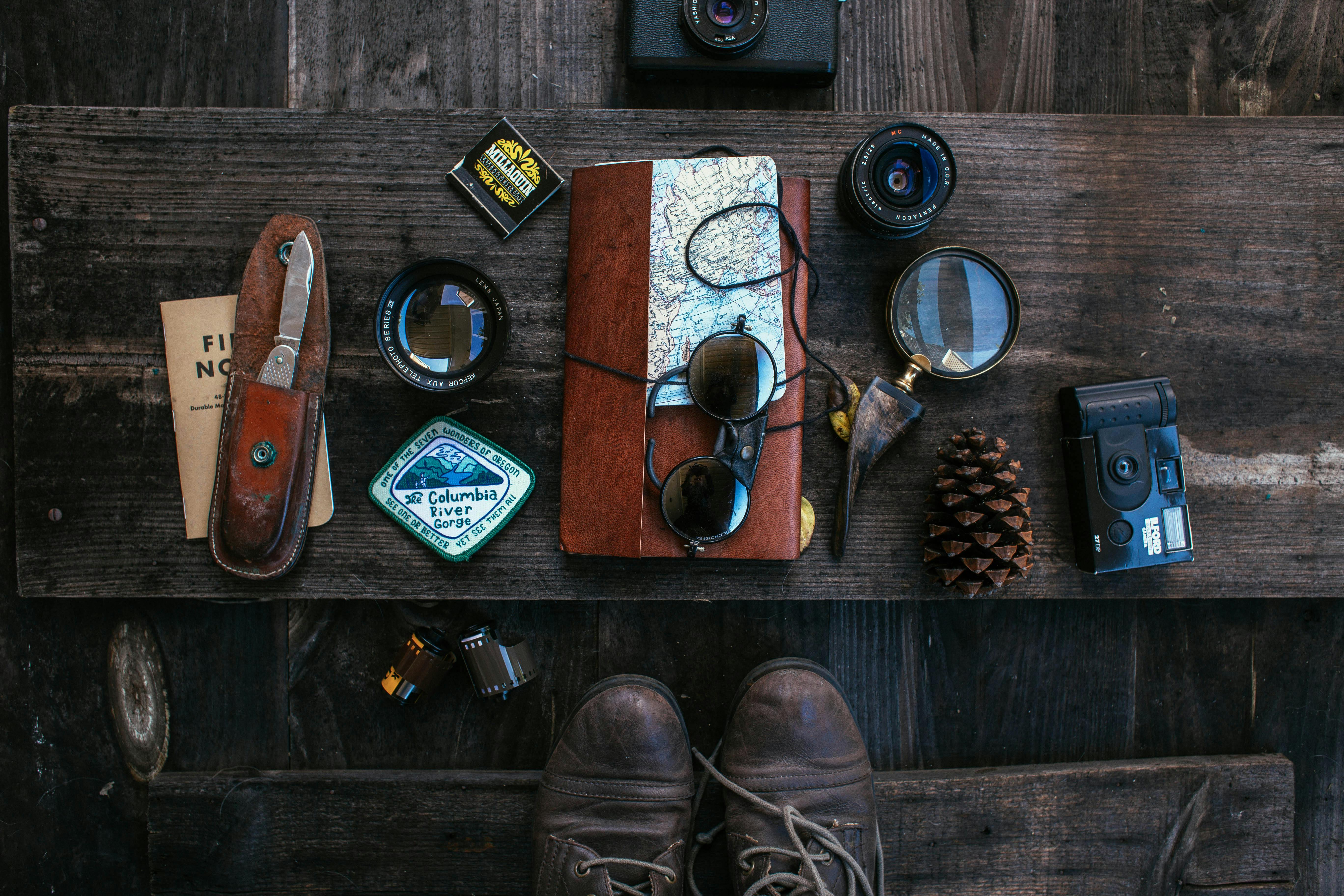
Earlier this year, my husband and I experienced true rural life in Central Java. We went to a town called Candi Rejo. It is half an hour away from Borobudur, the largest Buddhist temple in Indonesia.
We heard from our partners in Indonesia that Candi Rejo has started a community-based ecotourism project. We went to learn more about this project. From our perspective, community tourism means tourism that consults, involves and benefits the local community. We wanted to see if this was really the case in this town.
At first, we weren’t quite sure what to expect. We bought our tickets from Bali, made arrangements with the village chief and next thing we knew we were at Jogjakarta airport.
Our guide was named IJ (pronounced EE-Jay). She was very friendly and chatty, although her English was limited. She was an interesting lady. She is around 35 years old and every day she wears a hijab (headscarf) and a long-sleeved shirt to cover her arms even though it is very hot. Obviously, she is a normal look for Muslim women there. IJ is a single mother raising 2 children on her own. She is the only female guide in her village and she is very proud of it. She said that when there are no visitors to guide her around the farms, she just like the rest of the people in her village.
After meeting IJ, we headed to the town, which is about 1 hour from the airport. The view was wonderful. We could see a volcano in the distance as we passed mustard fields, cornfields, tapioca farms, and other types of vegetable farms. We also pass a 9th century Buddhist temple called Pawon. It is dedicated to Kuvera, the God of Fortune.
The first thing we did when we arrived at Candi Rejo was to meet the village chief. We thought he would be this older man with a gray mustache like many other Indonesian government officials. We were surprised when the village chief, Mr. Ian, showed up. A charming man of 28, soft-spoken and very well dressed.
He briefly explained the history of ecotourism in Candi Rejo. Just a few years ago, an Indonesian NGO approached the village and introduced the concept of community ecotourism. After many village meetings, the Candi Rejo community accepted the idea. The town also has the advantage of being very close to Borobudur, the largest Buddhist temple in Indonesia and a great wonder of the ancient world. They have a river that can be used for white water rafting, and they also have a nice trail called Watu Kendil which is the way to Kendil Hill. From the top of this hill, you can see 5 volcanoes and also the entire construction of Borobudur Temple.
The ecotourism project in Candi Rejo is a pilot project in Indonesia. The town has about 5,000 people, and most of the people there are farmers. The main unit that manages the tourism industry in Candi Rejo is the community-managed cooperative (co-op), not the government. The head of the cooperative still reports to the village chief, but the revenue goes directly to the villagers.
Locals voluntarily joined the cooperative. For example, those who have extra rooms in their homes can register as accommodation providers. People who own horse-drawn rickshaws can join the cooperative as one of the town’s transportation providers. Everyone in the cooperative has to agree to the list system, which gives guides, porters, village visits, trail maintenance and handicraft sales the same opportunities to earn money.
Without a doubt, the ecotourism project has increased the economy of the town. Since Candi Rejo got its official “tourist town” status in 2003, it has become a cleaner and wealthier town. The village chief has ordered that all households in the village grow “Rambutan”, a tropical fruit tree in front of their houses. The result is: this town is becoming very green and gloomy. The weather in Central Java can be very hot, so these large trees can protect pedestrians from the scorching sun.
When we asked the village chief whether or not he is worried that the tourism industry will one day bring scandalous pollution to the village, he said that the cooperative limits the number of visitors per year. The tourism programs that they have developed also focus primarily on green tourism, not tourism programs. So naturally, most of the visitors who come to Candi Rejo are eco-minded travellers. They want to learn about farming or experience real rural life in Java.
In 2007, the town received between 800 and 900 visitors. We saw photos of your previous visitors. Some schools in the big cities of Indonesia have sent students to visit Candi Rejo to learn about agriculture and rural life. It is true that many Indonesian children who grew up in the big city do not know what the trees and fruits they eat look like on the ground. These types of learning programs teach them where the food in the market comes from. It also makes students aware of how important it is to maintain their environment.
It is not just students from all over Indonesia who come to Candi Rejo. Governments from other villages in Indonesia also visit Candi Rejo to learn about rural tourism and ecotourism.
We cannot forget how nice the people of Candi Rejo are. They were all very friendly and helpful. We felt that community tourism really fit its characters. His natural enthusiasm for accommodating his guests made our trip so smooth and memorable.
At Candi Rejo we learned to play the Javanese gamelan (their traditional musical instruments). We also played volleyball with the locals, it was so much fun! We took the horse rickshaw everywhere during our stay there (0 safe emission). We were also invited to visit the village chief’s house for a community meeting. It feels like we are visiting our family there.
We left Candi Rejo with pleasant memories of this town. We would go back in a heartbeat. Hopefully next time we can take our travelers there with us. We are proud that the ecotourism and community tourism movement in Indonesia is developing rapidly. We hope that these projects can alleviate poverty, create more job opportunities and, most importantly, sustain the ecology of Indonesia.
